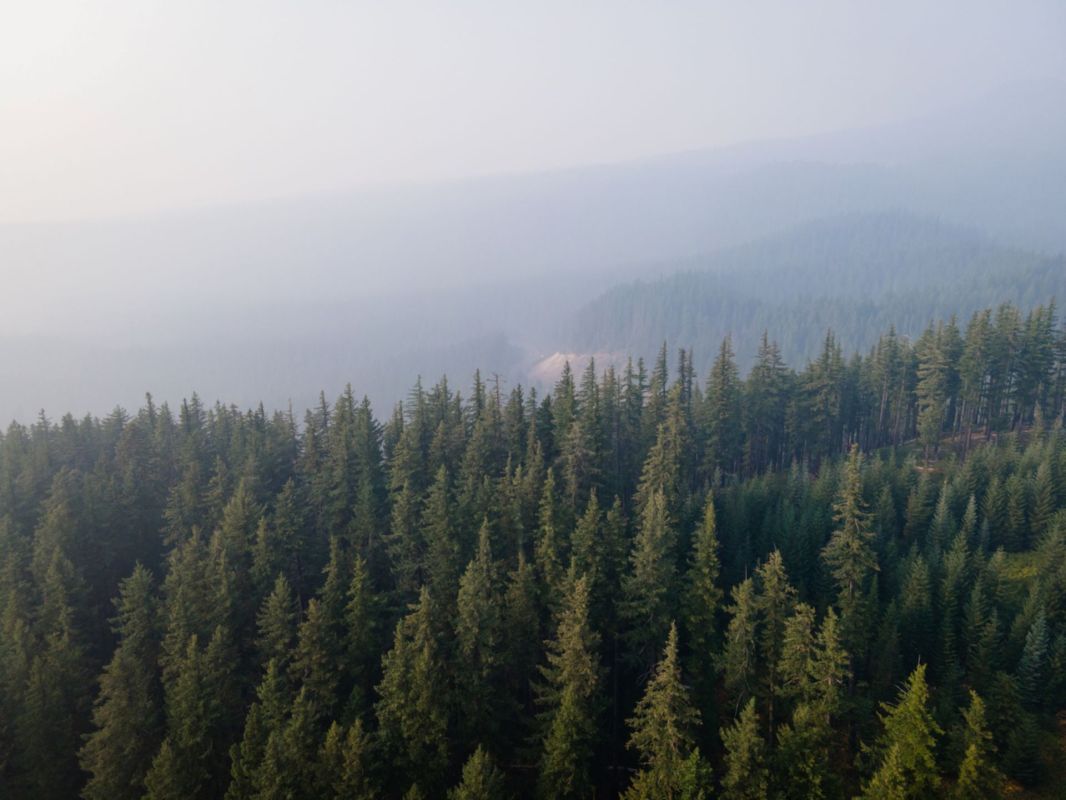They say, "plant a tree, save the Earth," but new data shows the opposite is also true.
Forests work as "carbon sinks" that help reduce air pollution and cool our planet. However, a new report by the U.S. Department of Agriculture has predicted that our forests' ability to absorb carbon will drop drastically after 2025 and that they could become a significant source of carbon emissions by 2070.
What's happening?
Scientific American recently reported that our trees might start turning on us.
Forests have long been climate heroes just by existing. As forests grow, the trees absorb carbon from the air and store it. By doing so, they slow the overheating of our planet by reducing the rate at which harmful carbon pollution accrues in the atmosphere.
Our forests, however, are losing their ability to absorb carbon. Lynn Riley, a senior manager of climate science at the American Forest Foundation, explained that this is partially due to natural disasters like wildfires, hurricanes, and tornadoes — all of which destroy forests and have become more frequent and more intense as Earth's temperature increases. When forests' ecosystems are disrupted, a tree's ability to absorb carbon decreases.
Development in forested areas has the same effect, and the report projects this will continue to increase as people move into the wildland-urban interface.
The USDA report says U.S. forests currently absorb 11% of our country's harmful carbon pollution.
"Ten percent of our domestic emissions. That is a really significant portion," Riley said. "As we work to decarbonize … forests are one of the greatest tools at our disposal. If we were to lose that, it means the U.S. will contribute that much more" in emissions.
Why should you care about trees?
Not only are they losing their ability to store carbon, but as they die, forests start to release the carbon they've been storing back into the atmosphere.
Climate Patrol reports that forests have removed an estimated 2 billion metric tons of harmful carbon pollution from the atmosphere every year for the past 20-plus years. When forests are cut down or burned, the carbon stored is released into the atmosphere.
The USDA report predicts that at the rate we're going, forests could emit up to 100 million metric tons of carbon a year — contributing to the overheating of our planet rather than reducing it — as their emissions from dying trees exceed their carbon absorption.
What can be done to save our forests?
Aggressive forest management can help, and the USDA and the U.S. Forest Service are trying to use existing programs and policies to encourage forest health and better domestic carbon storage.
As one Redditor said in a discussion of the Scientific American report: "We're managing forests badly. We forgot how important they are."
Join our free newsletter for cool news and cool tips that make it easy to help yourself while helping the planet.









